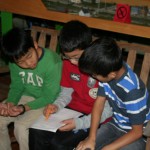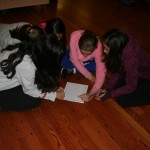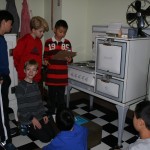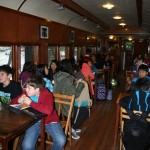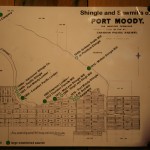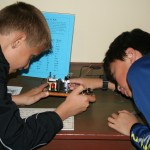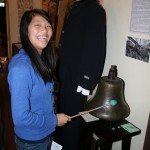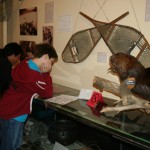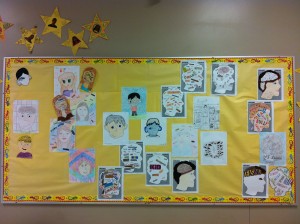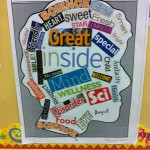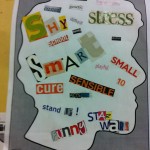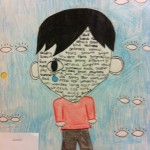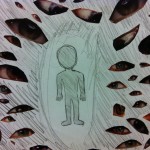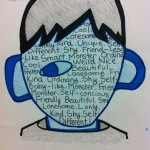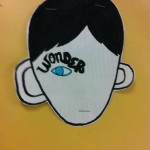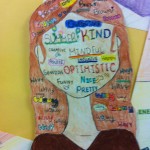In May, we had the opportunity to meet with our current students. As they start to get to know each other, we started to listen to their questions and interests. Many of the students were curious about what the Tri-Cities looked like in the past (100 years ago, 50 years ago) and how people lived here before us. There were many questions about who their ancestors were and how people change over time and history. Then, there were forward thinking curiosities about how our community will develop and what will the Tri-Cities look like in 10 years, 20 years, 100 years. Other students started wondering about the local environment and what animals live around us. The visionaries questioned whether our community will ever accept difference and diversity, how we can improve our community, and how we can address issues in our community like homelessness.
As Ms. Abbot, Ms. Ruhr and Mr. Wiskar started to plan together, we decided to use a guided simulation, a problem based unit to delve into the questions raised by the students. Over the coming weeks, students will be researching and investigating an hypothetical environmental crisis of dying fish in an inlet. This week, the students have collected information and created a timeline of development in the community.
We also started to gather background information about the local history, industries and community development of Port Moody. Students spent part of a day working at the Port Moody Station Museum. They learned about the various industries that have been important to the development around Burrard Inlet. They also learned about the people who lived here and left a legacy here. The students also had glimpse into the past and they learned about how people lived in the 1880’s through the 1900’s.
- Discussing industries
- Listing pros/cons to different industries
- checking out the kitchen
- Kids playing on Eagle Mountain in the 1920s
- Eating lunch on the train car
- map of mills
- Port Moody 1883-1913
- early maps of Port Moody
- learning about Morse code
- exploring the living areas
- ringing the train bell
- artifacts found locally
When we got back to school, our minds were full of questions. As we continue with our problem based hypothetical environmental crisis, we will also be working on inquiries into some of these questions:
- When did Port Moody become a city?
- Why was Vancouver chosen over Port Moody?
- Did Port Moody change drastically with the arrival of the railway?
- Who is the leader of Port Moody?
- Why was Ioco Road named after the oil company? And not after another person?
- What did Port Moody look like before the settlers moved in?
- How did Port Moody have an impact on Canada?
- If they didn’t extend the rail to Vancouver, would Port Moody have developed differently?
- What happened to the Japanese when they were taken away during World War 2?
- Why did race determine everything?
- Did many townspeople die of disease or starvation?
- For the 3 locations of the station, did they move it in parts or did they rebuild each time?
- Why did they extend the rail to Vancouver?
- How long did it take for the station to be built?
- What time did the station shut down?
- How did they move the station?
- Why was the station moved 3 times?
- What happened to the second to last spike, the bent one?
- Was the golden spike an urban legend?
- Why were they going to use a silver spike instead of a golden spike?
- Where is the silver spike?
- What would happen if they conductor missed the message hoop?
- How often did the train come and go from the station?
- What parts of the urban myth about hammering the last spike are true?
- How did the last Spike urban legend start?
- Who created trains?
- When they made train cars were they built on the tracks? How did they lift them onto tracks without cranes?
- How much money did the HBC make? And from the beavers?
- What tools did they use to remove the beaver skin?
- Were beavers endangered after the fur trade?
- Why did the fur trade stop?
- Who stopped the beaver hunting spree?
- How did the beaver species survive?
- How many beavers were left after the hunt?
- Was it humane they methods used to get the fur pelts?
- Why fur so popular? Why didn’t they use other materials?
- How many Asians worked to built the railway?
- What was Port Moody like before the train arrived?
- How is iron ore turned into steel?
- Why was Morse code invented?
- Who first decided to build the railway and why?
- What did money look like in the old days?
- What does old fashioned candy taste like?
- How did the museum collect the artefacts?
- How long is the CPR across Canada? Length across Canada?
- How many passengers can fit into a train? How were they designed, features of sleeper cars?
- How much did it cost to make the station?
- How does a train work on steam?
- What has the planned CPR rail line?
- How much did the CPR rail cost?
- Why would they make Ioco its own town?
- Where was most of the shell fishing done?
- Why did the mills shut down?
- How were the logs transported from the forest to the mills?
- How they persevere the food during WW1 if they were spending 70 days in a trence?
- How heavy were the train tracks? How did they move them?
- Where did the first nations people go when Port Moody and Ioco started to develop? Did they co-exist together?
- How Morse code invented?
- What are other brands from the 1890’s still exist? How did the companies survive?
- What were the ranks in the Canadian army?
- How did Col. Moody support the war?


